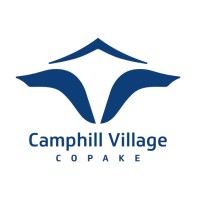
Camphill Village Copake
Camphill Village Copake is a productive and welcoming community where people of many abilities and cultures live, work, and unfold their gifts together. The founding of Camphill Village in 1961 was part of a transformative movement in the United States to reform how society treats people with special needs. We are an integrated community where people with developmental differences are living a life of dignity, equality, and purpose.






